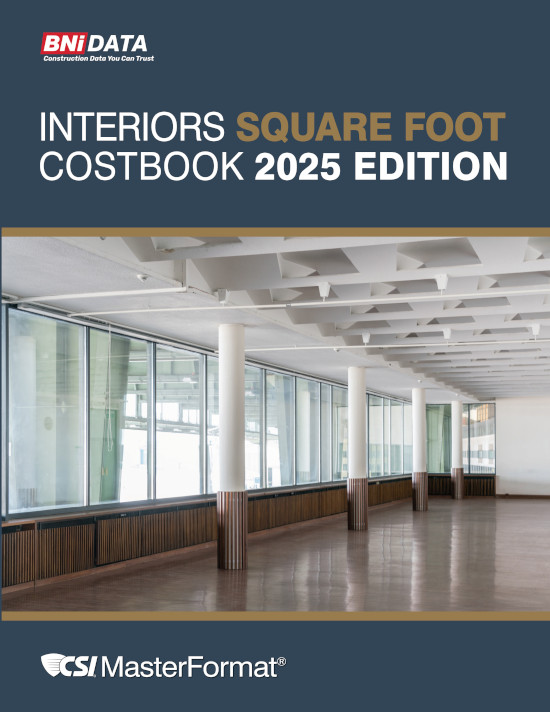While wood floors are built to withstand the abuse of foot traffic and furniture, humidity is an invisible enemy that can quickly wreak havoc on even the best surfaces.
The amount of moisture in the air has drastic—and costly—effects on a hardwood floor. Too little humidity and floors will crack and shrink. Too much, and they will cup and curl. While wood floors often come with a warranty, damage from improper environmental conditions is not covered. For this reason, homeowners, retailers and installers are beginning to understand the importance of maintaining proper humidity levels in the home before, during and after installation.
Regardless of where a wood floor is installed, humidity control is necessary. Protecting a wood floor means controlling humidity so that it always stays within the manufacturer’s recommended levels. While individual manufacturers vary slightly on their recommendations, relative humidity (RH) levels generally fall between 35% and 50% with temperature ranges of 60 to 80 degrees Fahrenheit.
Wood floors have grown in popularity and prevalence in recent years, and unfortunately damage rates have grown in tandem. According to Randy Lenz, product specialist at Aprilaire, poor humidity control is costing the flooring industry and its customers big bucks.
“We’ve talked to experts in the flooring industry who’ve told us that a billion dollars a year is lost in the industry on failed floors, and 98% to 99% of that is because of poor RH control,” he said.
And it’s not just traditional solid wood floors that are at risk. Laminate, engineered wood and other flooring options can also buckle, warp, peak and even become a medium for mold growth.
HVAC Contractors Can Save the Day
Hardwood floors are a major investment and consumers are learning the hard way that moisture control is essential to protecting them. Where they need added direction is in their understanding of what type of indoor RH problems they have and the options available to mitigate them.
Long before owning a wood floor, most people already knew that water and wood don’t mix. What they may not realize is that low RH levels in the air inside can cause just as much destruction. For most homeowners, reducing humidity in the summer will protect against some damage, but issues such as seasonal gaps and dry cupping—results of RH levels that are too low—also need to be addressed.
In most cases, damage is a result of too much moisture at one point in the year and too little at another.
“In many cases, flooring retailers, contractors and homeowners don’t understand what low RH can do to a wood floor,” said Dan Blake, a National Wood Flooring Association (NWFA) certified wood flooring professional inspector, and owner of Flooring Training, Inc. “Just like people, wood floors need normal living conditions to function properly.”
Blake said dry cupping is most common with prefinished, engineered wood floors. He explained that each year the problem begins around October and ramps up in January or February. Blake added while many people may believe low RH is only a problem in the desert, it’s a seasonal issue in most of the U.S., with the exception of parts of the Gulf States.
In the arid western states, low RH is the main problem faced by wood floor customers and installers. While evaporative humidifiers are popular across much of the country, they need the airflow from a furnace to distribute moisture throughout the house. Since homeowners in the desert don’t run a furnace, it’s difficult to supply buildings with the immense amount of humidity needed to reach the coveted 35% to 50% RH range.
For these areas, the best solution is a steam humidifier. With steam, moisture can be introduced to the air year-round, even when there is a need to cool the home.
So, treating only one aspect of poor RH in the home does not solve the problem. The majority of homeowners will face indoor air conditions that create subpar RH levels at both the high and low end of the acceptable range. The main goal in protecting wood floors is maintaining and controlling RH continually, year-round.
Wood flooring retailers and HVAC contractors can offer homeowners whole-home solutions for combating different humidity issues across the country and throughout the year. An important aspect of helping customers protect their floors will be the ability to explain that humidity is a two-headed problem and that they can control it effectively.
“Most contractors talk to homeowners about humidity control from a comfort or health standpoint, and that’s all good,” Lenz explained. “But, it’s just as important that they provide the proper guidance in terms of protection of their home and furnishings.”
For flooring retailers, helping educate homeowners about humidity control pays dividends with a more satisfied homeowner and with fewer complaints about damage to floors. Everyone wins.
As product manager at Aprilaire, Janis Rozenbergs oversees humidification products that are designed and manufactured by the company, the premium brand of air quality products and inventors of whole-home humidification solutions based in Madison, Wis. To contact him, call (800) 334-6011 or email janis.rozenbergs@aprilaire.com.












